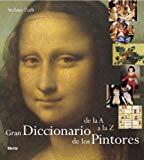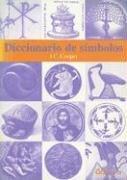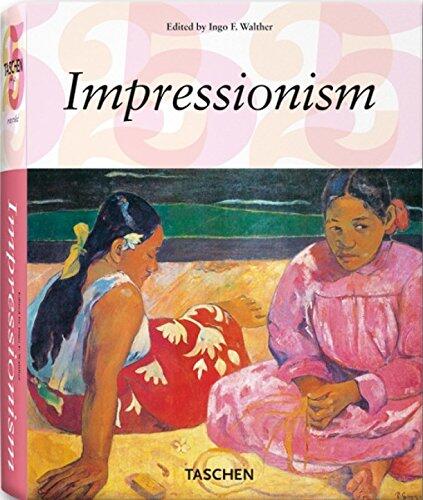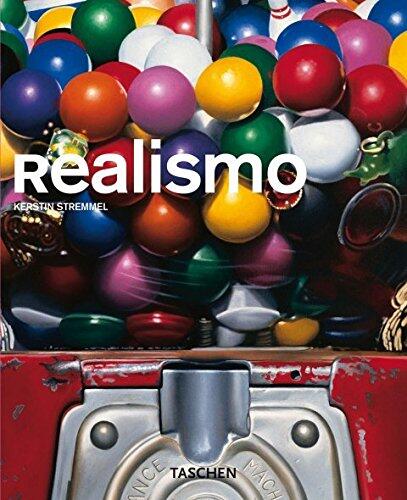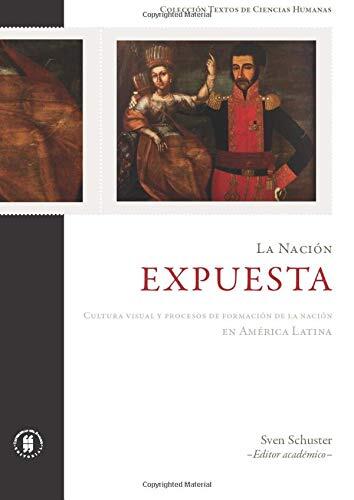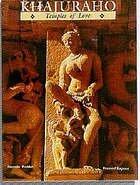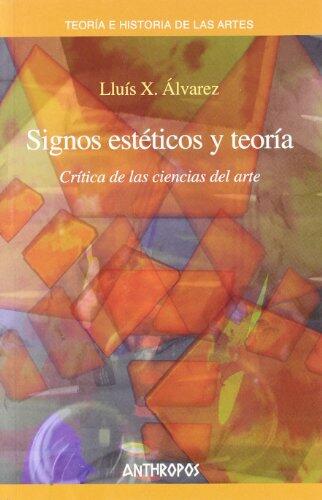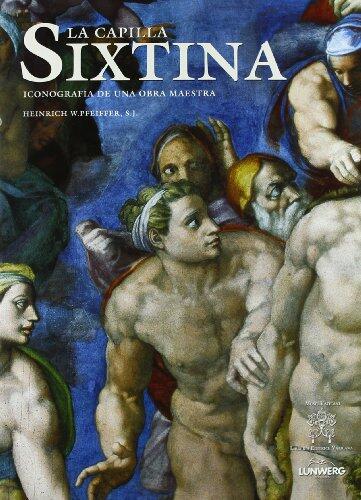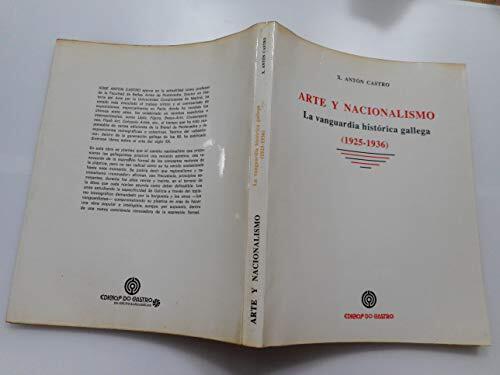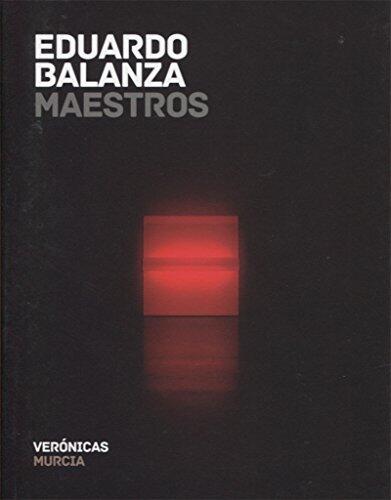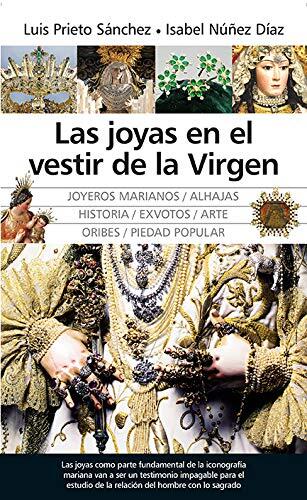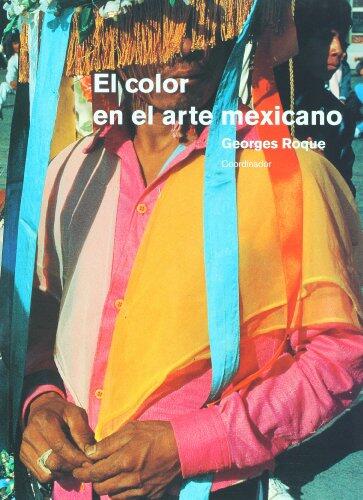
El color en el arte mexicano
작성자
ed. Georges Roque
아직 평점이 없습니다
Art & Photography
형식
페이퍼백
페이지
297
언어
스페인어
출판됨
Jan 1, 2003
출판사
Universidad Nacional Autónoma de México
판
1
ISBN-10
9703204554
ISBN-13
9789703204557
설명
In "El color en el arte mexicano," readers are invited on a vibrant journey through the rich tapestry of Mexican art, exploring the profound significance of color in its various forms. Georges Roque, as the editor, brings together a collection of insights that illuminate the emotional and cultural resonance of color within the Mexican artistic landscape. Each chapter delves into the historical evolution of color use in Mexican art, showcasing how it has been interwoven with identity, tradition, and modern expression.
The text features a multitude of perspectives from different contributors, enriching the dialogue about color theory and application in well-known works and lesser-known pieces alike. From pre-Columbian artifacts to contemporary installations, the discussions highlight the transformative power of color in shaping not only the visual appeal but also the deeper narratives these artworks convey.
Readers encountering this work will find a robust analysis that connects the aesthetic qualities of color with broader themes of nationalism, spirituality, and social commentary. The book emphasizes how colors are not merely decorative elements but are imbued with meanings that can resonate with audiences on personal and collective levels.
Ultimately, "El color en el arte mexicano" serves as a celebration of Mexico's artistic heritage, while also prompting reflections on how color continues to influence and inspire new generations of artists. It stands as a vital resource for anyone interested in understanding cultural expressions through the lens of color and art.
The text features a multitude of perspectives from different contributors, enriching the dialogue about color theory and application in well-known works and lesser-known pieces alike. From pre-Columbian artifacts to contemporary installations, the discussions highlight the transformative power of color in shaping not only the visual appeal but also the deeper narratives these artworks convey.
Readers encountering this work will find a robust analysis that connects the aesthetic qualities of color with broader themes of nationalism, spirituality, and social commentary. The book emphasizes how colors are not merely decorative elements but are imbued with meanings that can resonate with audiences on personal and collective levels.
Ultimately, "El color en el arte mexicano" serves as a celebration of Mexico's artistic heritage, while also prompting reflections on how color continues to influence and inspire new generations of artists. It stands as a vital resource for anyone interested in understanding cultural expressions through the lens of color and art.
